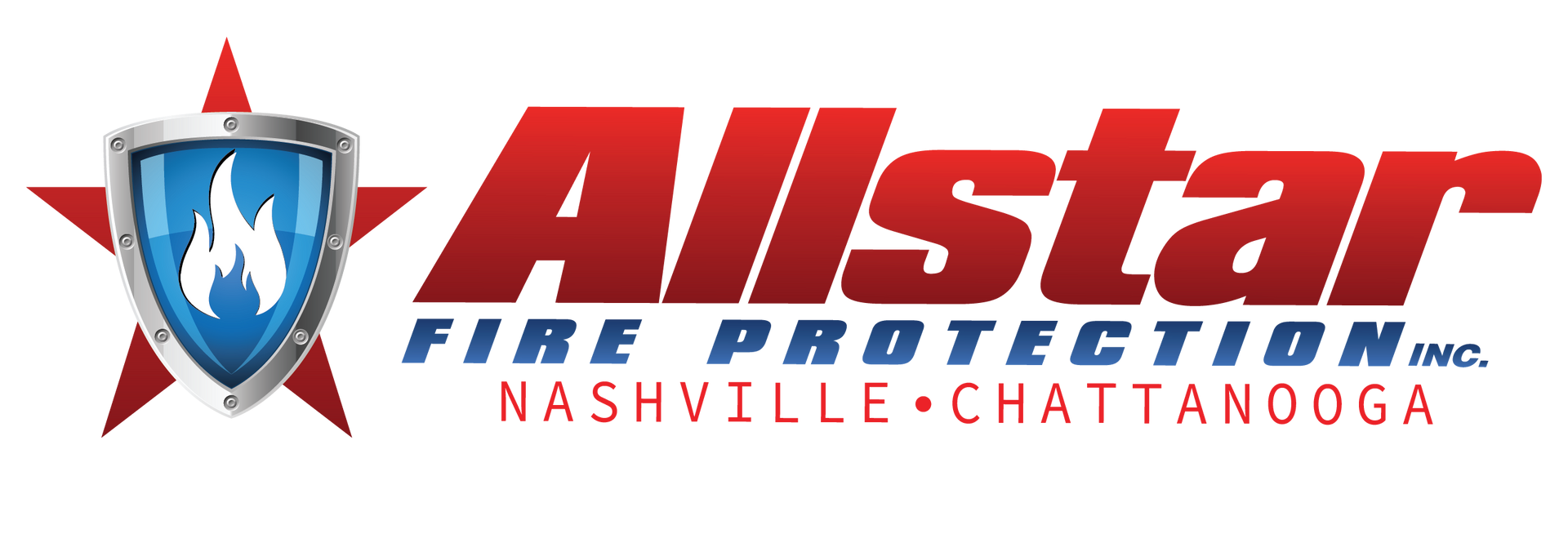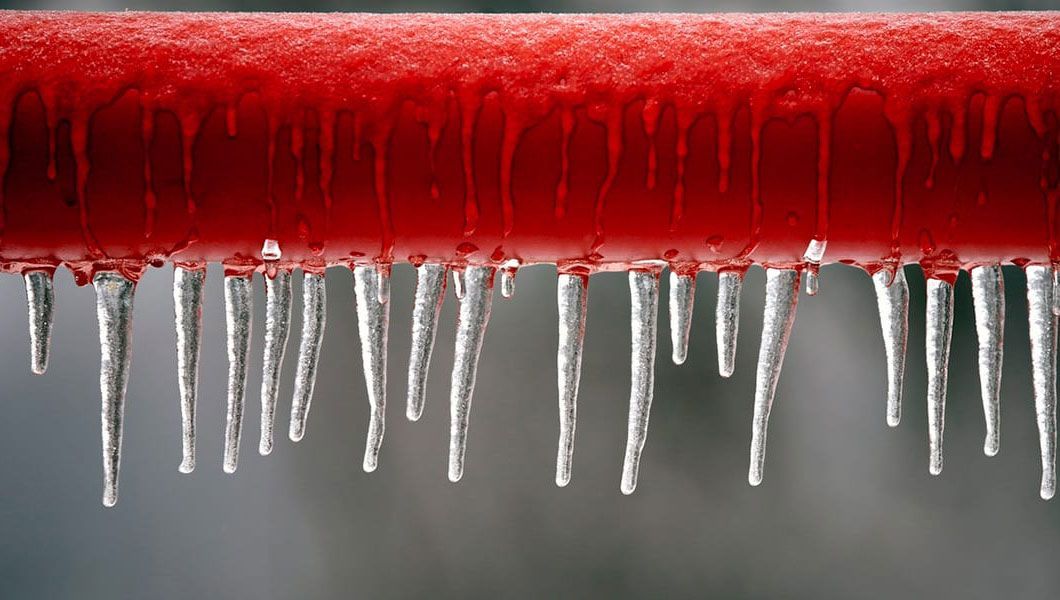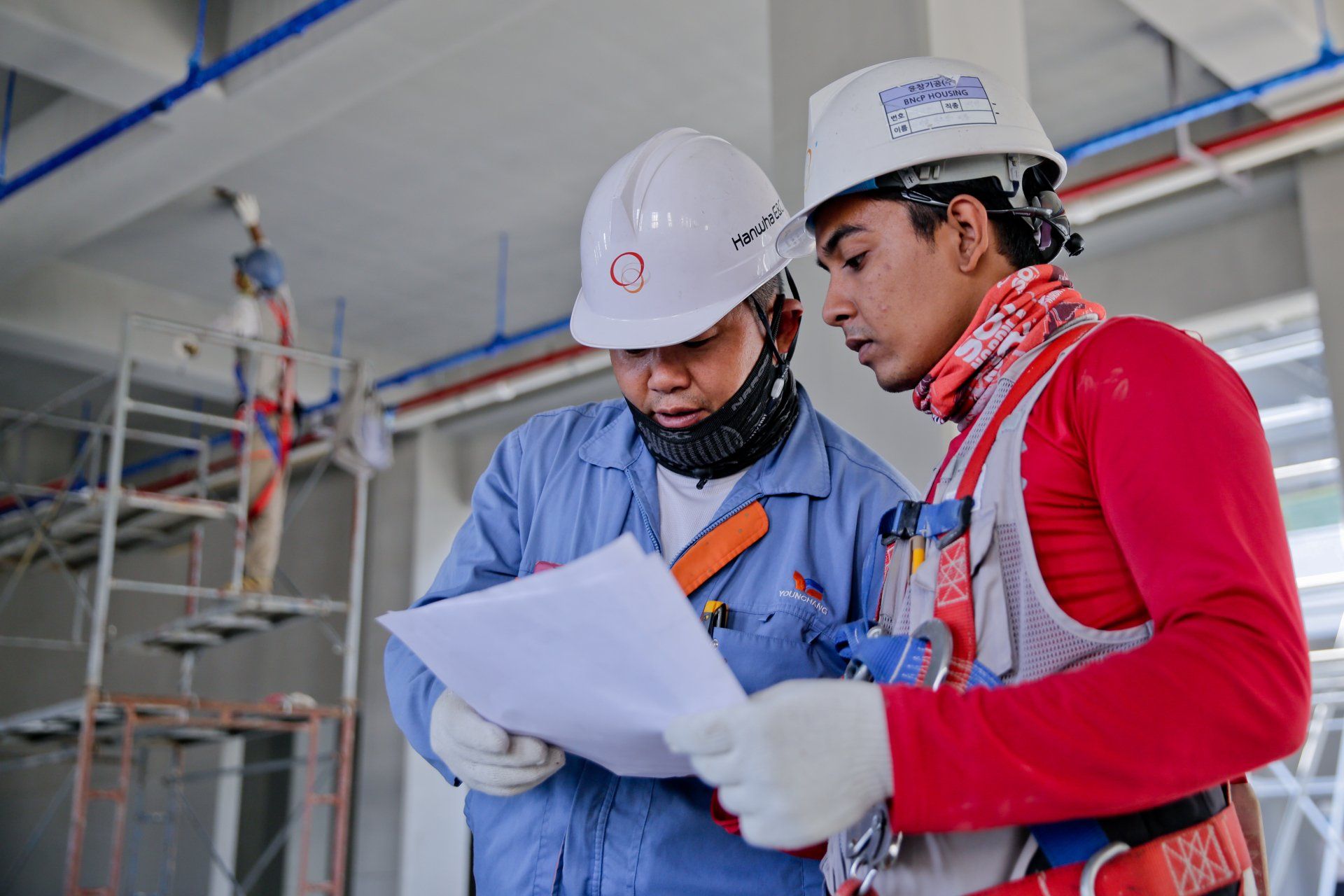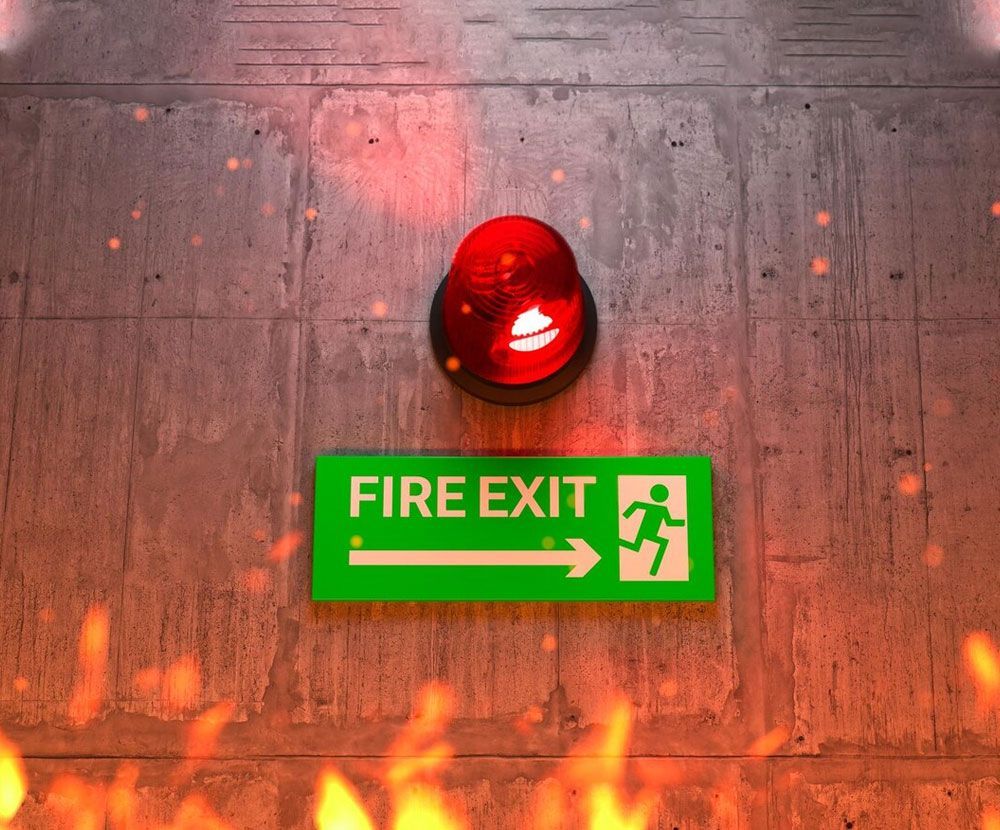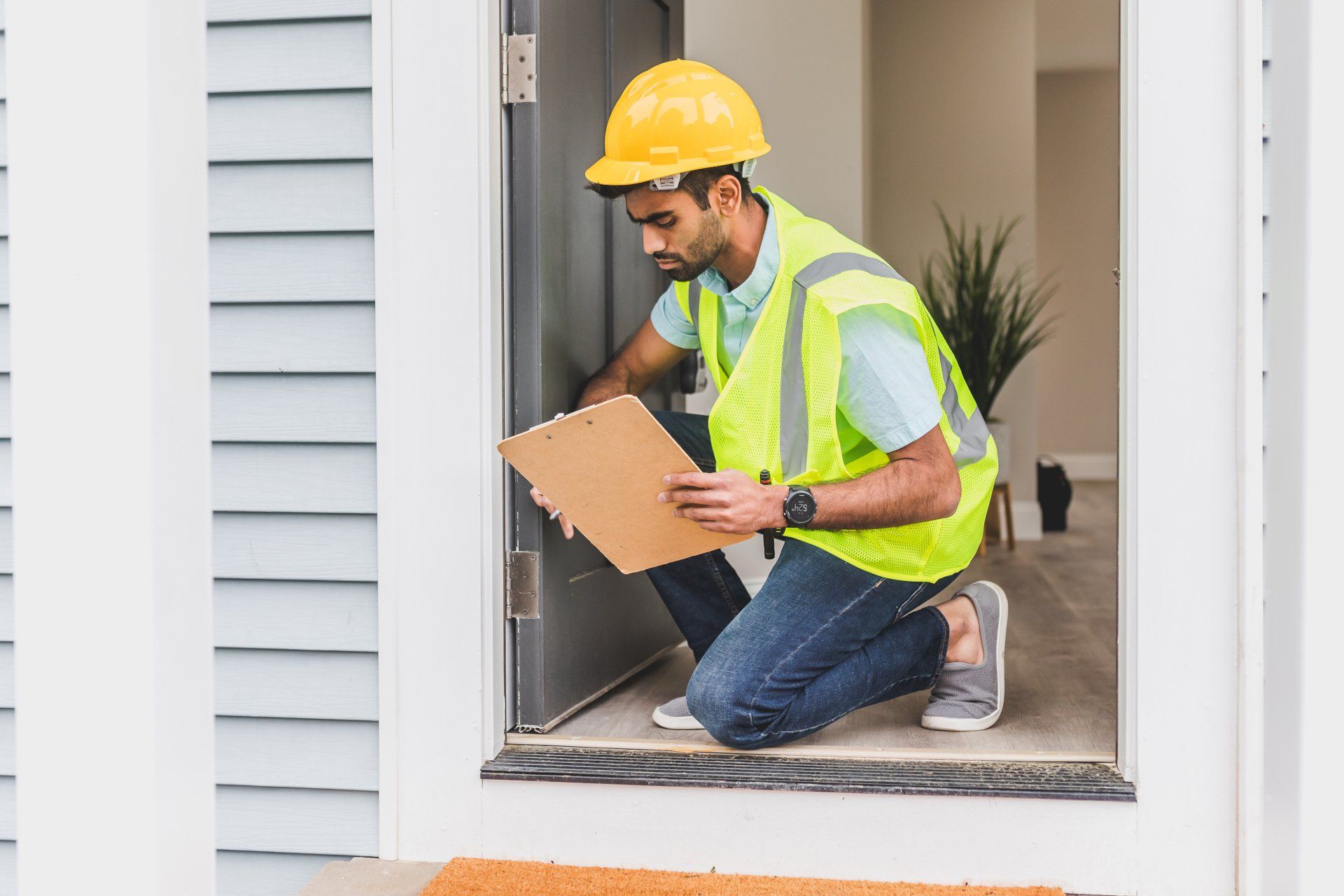
As a building manager, you understand the importance of maintaining a safe environment for your tenants, employees, and visitors. Fire safety is a crucial aspect of this, and regular inspections of fire protection systems are essential. This blog post will serve as a guide for understanding the requirements for fire extinguisher, sprinkler system, and fire alarm inspections in commercial buildings.
The National Fire Sprinkler Association (NFSA) and Local Regulations
The NFPA (National Fire Protection Association) sets national standards for fire safety, including recommended inspection timelines. However, local fire marshals have the authority to enforce stricter regulations in your area. Always check with your local fire department for the specific requirements that apply to your building.
Here's a breakdown of common fire protection systems and their typical inspection schedules:
Fire Extinguishers: These require monthly visual inspections to ensure they are properly mounted, have no physical damage, and the pressure gauge is in the green zone. Additionally, annual maintenance by a qualified technician is recommended to ensure proper functionality.
Fire Sprinkler Systems: These undergo annual inspections by a qualified technician. The inspection includes checking for leaks, ensuring proper water pressure, and verifying that all sprinkler heads are unobstructed. Remember, some sprinkler heads, may have a lifespan of around 20 years and need to be replaced according to the manufacturer's specifications. Regular inspections will help identify these and ensure your system functions properly.
Fire Alarm Systems: These critical systems require Semi-Annual visual inspections to confirm no visible damage and that all audible and visual alarms are operational. Annual inspections by a qualified technician are crucial to ensure the system functions correctly during a fire emergency.
Why Regular Inspections Matter
Fire safety inspections are not just about ticking boxes. They play a vital role in ensuring your building's fire protection systems are in top condition. A well-maintained fire extinguisher can extinguish a small fire before it grows out of control. A functional sprinkler system can contain a fire and prevent significant damage. A properly functioning fire alarm system can alert occupants quickly, allowing them to evacuate safely.
Taking Action
Schedule Inspections: Proactively schedule regular inspections for your fire extinguishers, sprinkler systems, and fire alarms. Keep detailed records of these inspections, including the date, inspector's name, and any findings.
Partner with a Licensed Fire Protection Company: Find a reputable fire protection company certified to inspect and maintain your fire safety systems.
Train Your Staff: Educate your staff on fire safety procedures and how to use fire extinguishers. Conduct fire drills regularly to ensure everyone knows how to evacuate the building safely.
By prioritizing fire safety inspections, you can create a safer environment for everyone in your building and give yourself peace of mind knowing you're doing your part to prevent a fire emergency. Remember, even a small fire can have devastating consequences. Regular inspections are a proactive approach to ensuring your building is prepared for any fire event.
Remember, consulting with a qualified fire protection professional is crucial to determine if your building requires a fire sprinkler pump and to choose the most suitable type for your specific needs.
For more information on fire sprinkler systems and backflow prevention, contact the professionals at Allstar Fire Protection.
Allstarfireprotection.com or 615-865-5600
